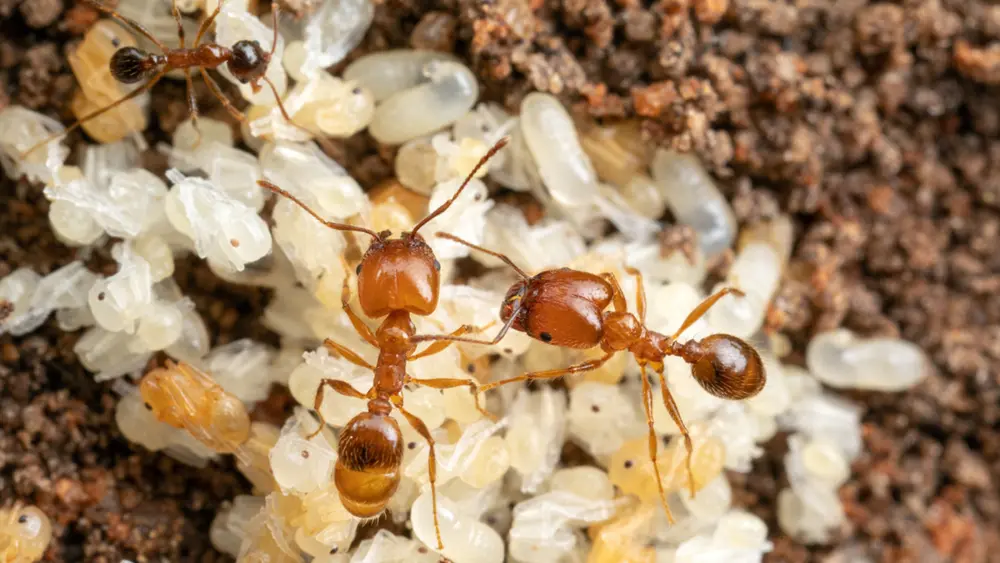
A new look at decades of data from museum collections and surveys of leaf-litter ants in Florida reveals a steady decline in native ants and simultaneous increase in nonnative ants – even in protected natural areas of the state, researchers report.
The study tracked leaf-litter ant abundance from 1965 to 2019. Nonnative ants represented 30% of the 177 ground-dwelling species detected in surveys across the state in later years, the team reports. Their dominance grew most notably in southern Florida, where nonnatives increased from 43% to 73% over the decades studied. The nonnative ants are most likely arriving with goods transported to Florida from around the world.
Reported in the journal Current Biology, the findings point to a potential future devoid of native ants, the researchers said.
“Leaf-litter ants tend to be very small, just a few millimeters in length, so moving through soil, leaves and other litter is like climbing over hills for them,” said University of Illinois Urbana-Champaign evolution, ecology and behavior professor Andrew Suarez, who led the research with Douglas Booher, a research entomologist with the U.S. Department of Agriculture Forest Service; and Corrie Moreau, a professor of entomology and of ecology and evolution at Cornell University. “Many of them are small specialist predators, like trap-jaw ants of the genus Strumigenys, which are solitary hunters that specialize in catching small arthropods like springtails.”
Read the full article at the Illinois News Bureau